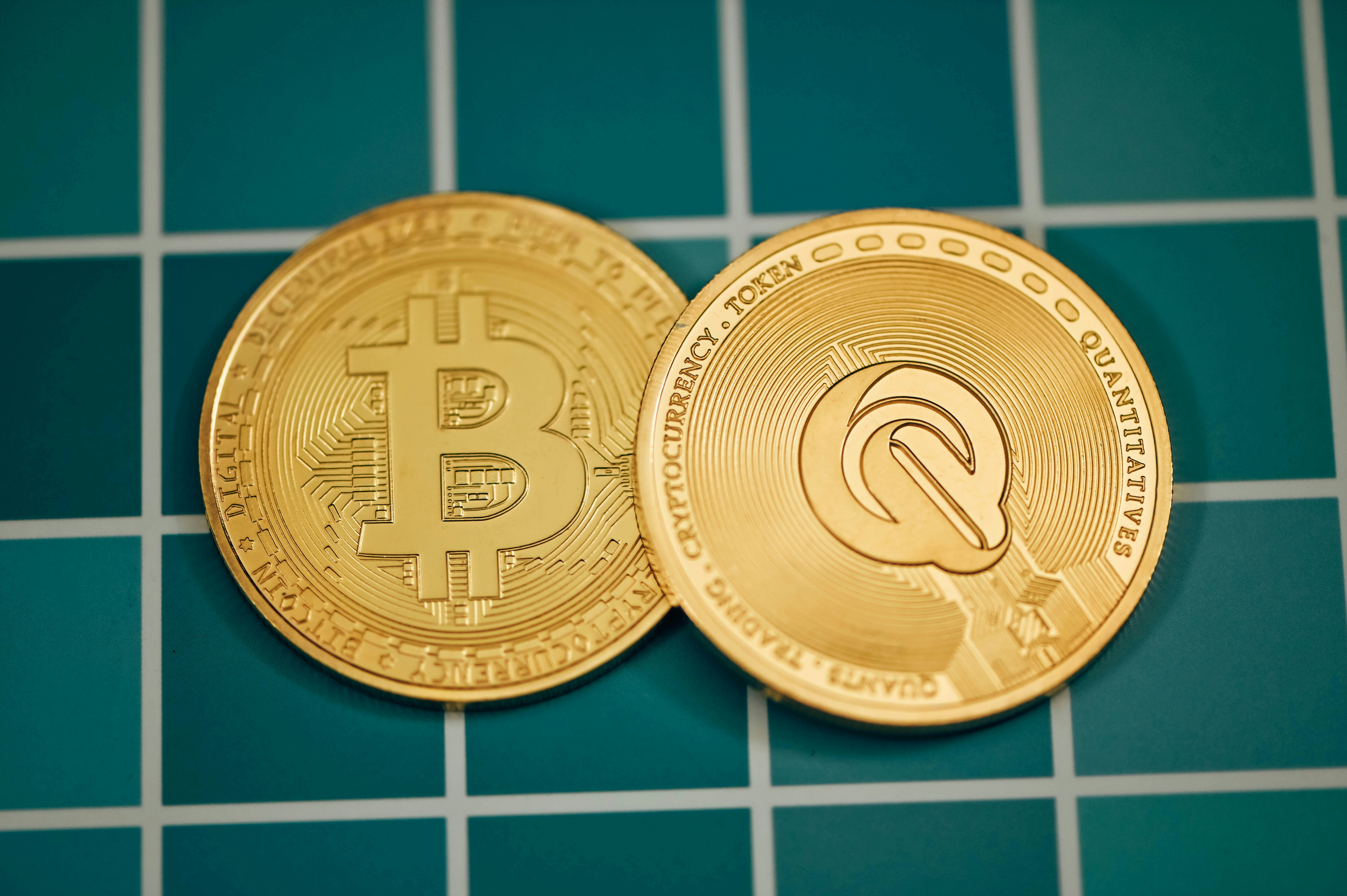Key Takeaways
Global Standard: IBAN is an international system for identifying bank accounts, not a native crypto invention.
Crypto Gateway: Exchanges provide IBANs for users to transfer fiat currency to and from their accounts.
Unique Structure: An IBAN has up to 34 characters identifying a country, bank, and account number.
What is IBAN?
IBAN stands for International Bank Account Number. It’s a globally agreed-upon system for identifying bank accounts for cross-border transactions. Each IBAN is a unique code of up to 34 alphanumeric characters that specifies the country, bank, and individual account. For instance, a German IBAN might look like DE89 3704 0044 0532 0130 00, a format that correctly routes your funds.
In the context of Bitcoin, an IBAN is your bridge from the old financial world to the new. Crypto exchanges provide you with an IBAN to fund your account with fiat currency. You might wire $100,000 to this account before you can purchase 2 BTC. This system is purely for traditional money; it is not a crypto wallet address for sending sats.
IBAN in Cross-Border Bank Transfers
The IBAN system was created to simplify and accelerate international payments. By providing a standard format for bank account numbers, it significantly reduces transcription errors that can delay or misdirect funds. This validation check happens before a transfer is even initiated, saving time and money for everyone involved.
This established framework for moving money across borders is precisely why crypto exchanges use it. It offers a dependable and universally recognized method for users to transfer fiat currency into the crypto ecosystem. The IBAN acts as the secure financial rail for the first step of your digital asset journey.
Finding and Verifying Your IBAN
This is how you can locate and confirm your IBAN.
- Access your online banking portal or crypto exchange account.
- Go to the section for account information or fiat currency deposits.
- Your IBAN will be listed there, often alongside your SWIFT/BIC code.
- Copy the number and paste it into an online IBAN validation tool to confirm its integrity before use.
Using IBAN for Fiat On-Ramps and Off-Ramps to Bitcoin Exchanges
IBANs are the primary mechanism for moving fiat currency like dollars or euros onto a crypto exchange to buy Bitcoin, a process known as an "on-ramp." Similarly, when you sell Bitcoin for fiat, the "off-ramp" uses an IBAN to transfer funds back to your bank account. This system connects traditional finance with the digital asset economy.
- Security: Relies on the established and regulated global banking network for transfers.
- Speed: Transfers can take several business days, a stark contrast to near-instant crypto transactions.
- Cost: Banks may impose fees for processing wire transfers, especially across borders.
- Access: Provides a familiar and widely available method for funding crypto accounts, particularly in Europe.
IBAN Transfer Fees, Limits, and Settlement Times
When you use an IBAN to move money to or from a crypto exchange, you're operating within the traditional banking system. The associated costs, restrictions, and timelines are dictated by banks, not the crypto platforms. Understanding these factors is key to managing your fiat-to-crypto transactions effectively.
- Fees: Banks typically charge for wire transfers, with higher costs for international transactions.
- Limits: Financial institutions often impose daily or per-transaction caps on the amount you can send.
- Settlement: Funds are not instant; transfers can take one to five business days to clear.
- Variability: The exact fees, limits, and speeds differ based on your bank and country.
Troubleshooting IBAN Issues: Rejections, Returns, and Compliance Checks
IBAN transfers can sometimes fail due to errors or banking regulations. These issues typically result in the transaction being rejected, the funds returned, or a temporary hold for review. Understanding these common problems helps you resolve them quickly.
- Rejections: Occur from mismatched names or incorrect account numbers.
- Returns: Happen when a bank sends funds back, often deducting transfer fees.
- Compliance: Involves banks pausing transfers for anti-money laundering (AML) checks.
Lightspark Grid: Moving Beyond the Limits of IBAN
Lightspark Grid moves beyond the slow and costly IBAN system. While it supports IBAN-based transfers through payment rails like SEPA and SEPA Instant, it abstracts the complexity. Instead of manual wire transfers that take days, Grid offers a single API for real-time, low-cost global payments. It connects the old financial world of bank accounts with the new world of instant, Bitcoin-powered settlement, making global money movement as simple as sending data.
Commands For Money
While Grid connects to the global banking network, including IBAN-based rails, it removes the friction of traditional finance. You can now program money with a single API, moving value across currencies and borders as easily as data. Explore the Commands for Money to build the future of payments.


